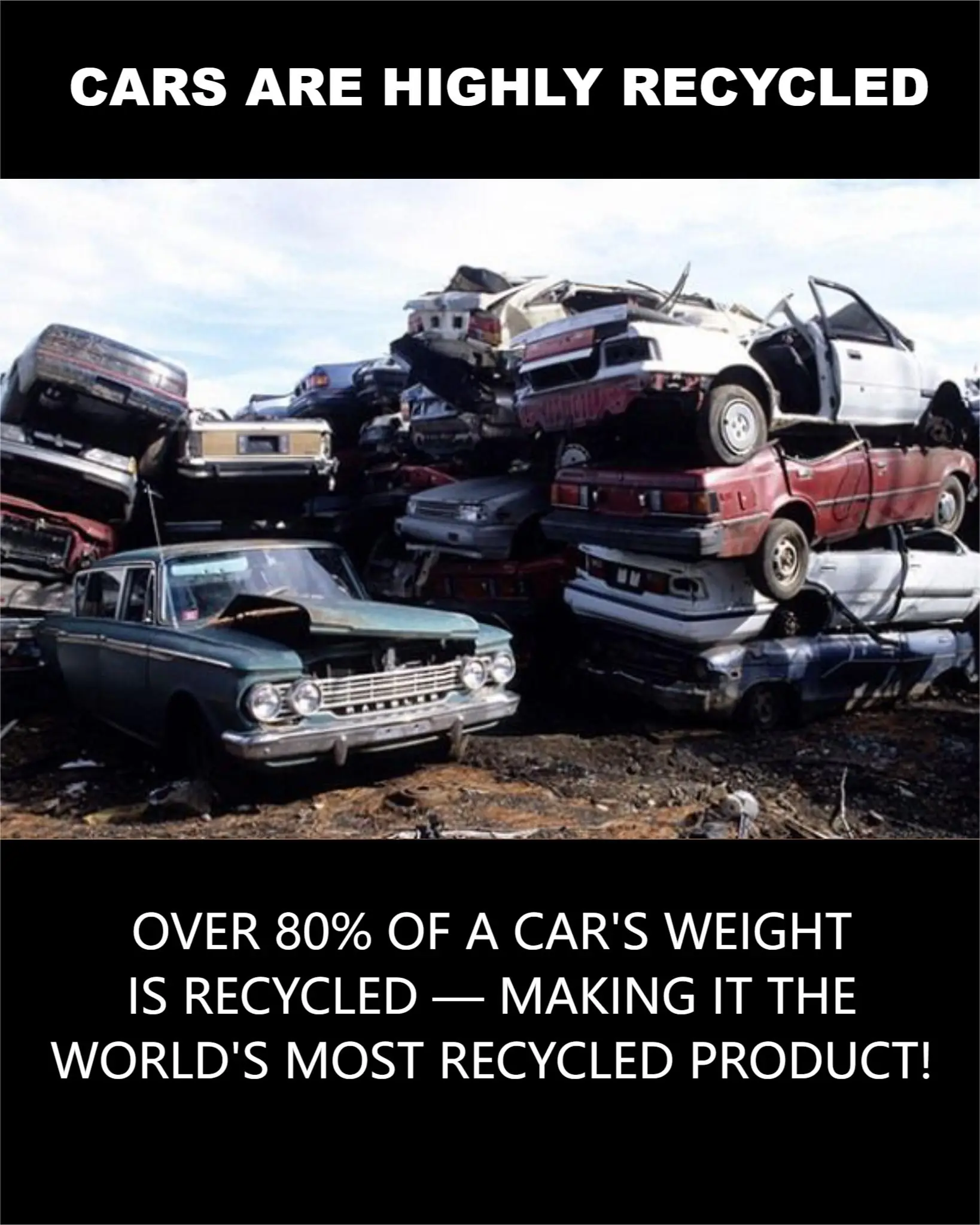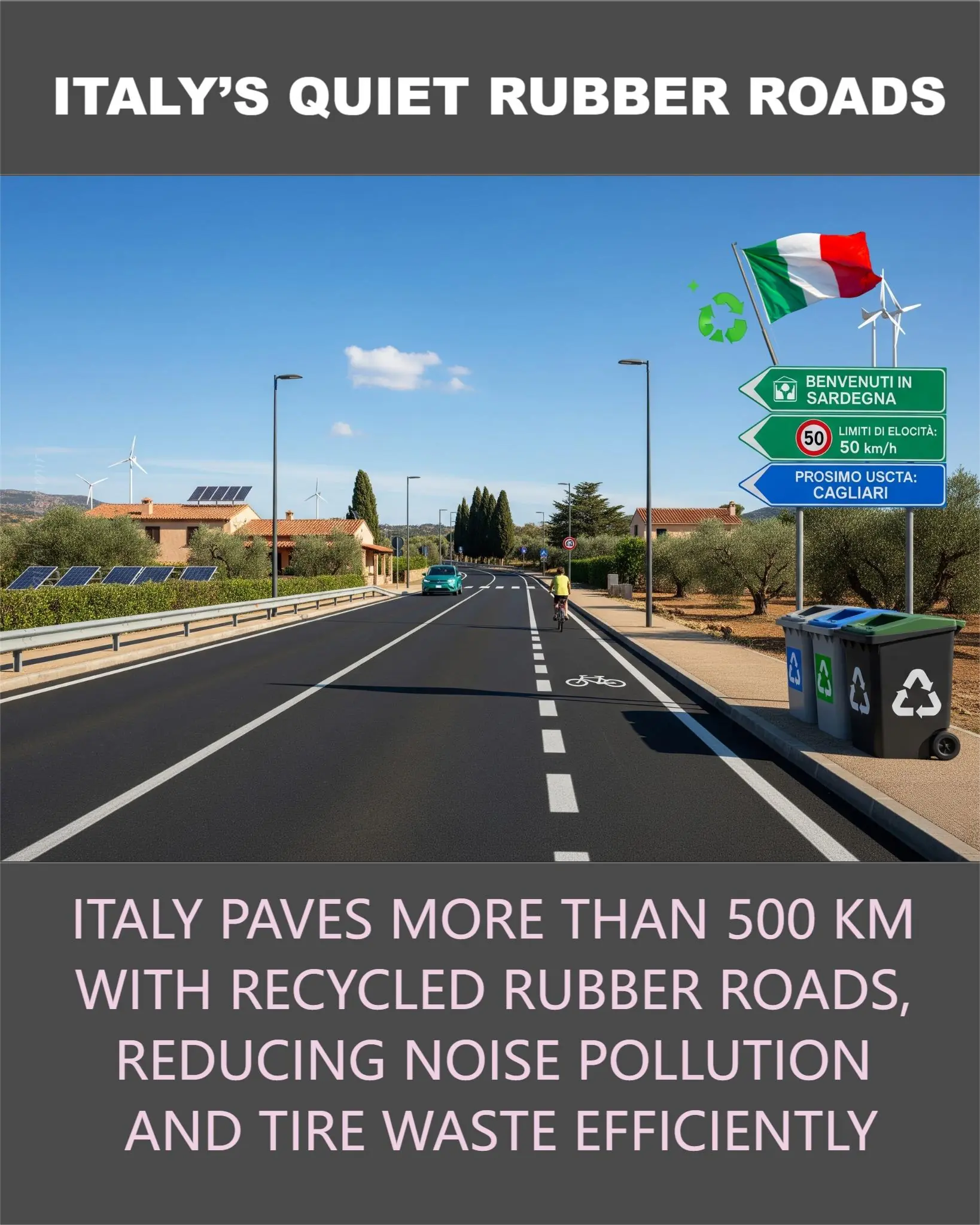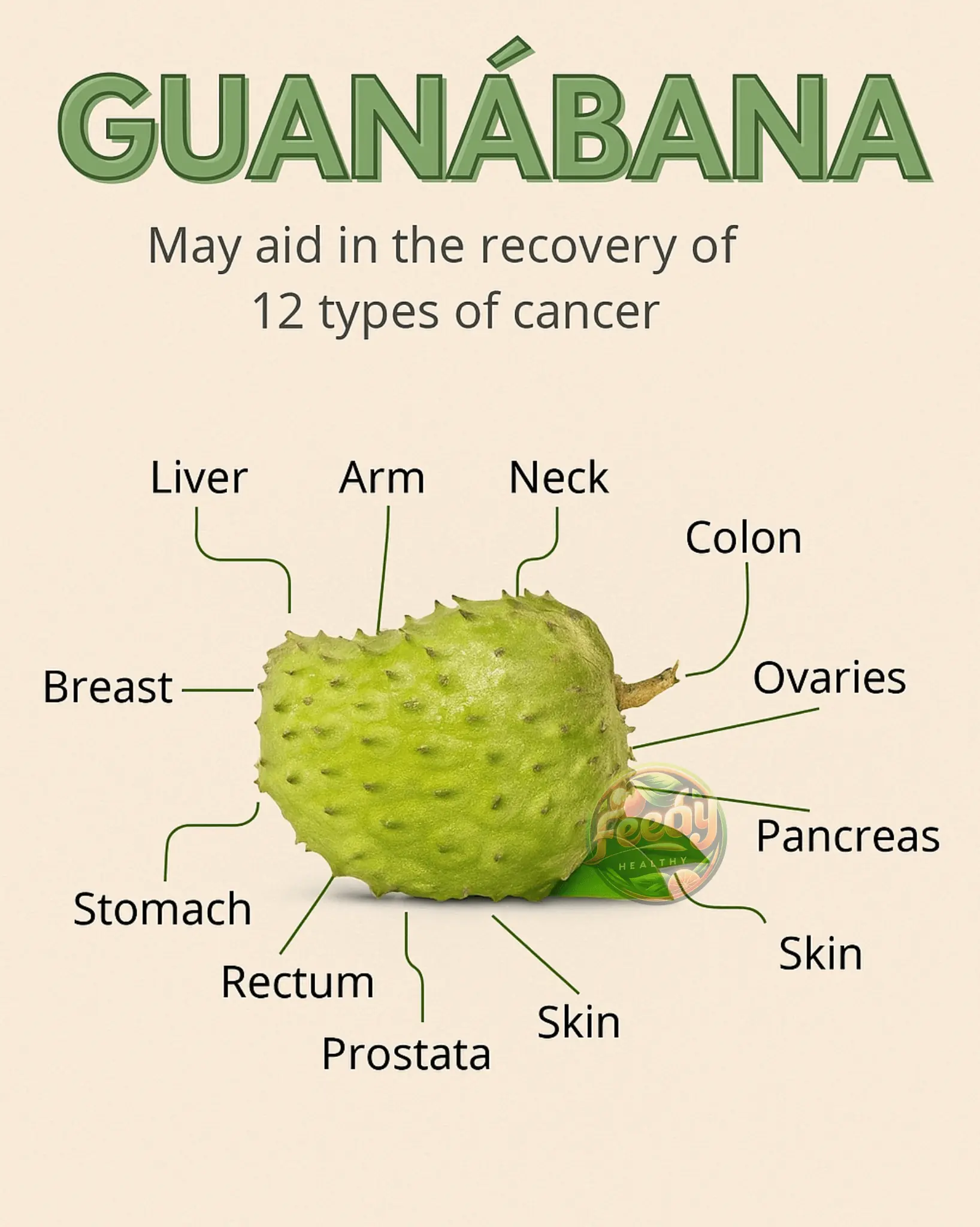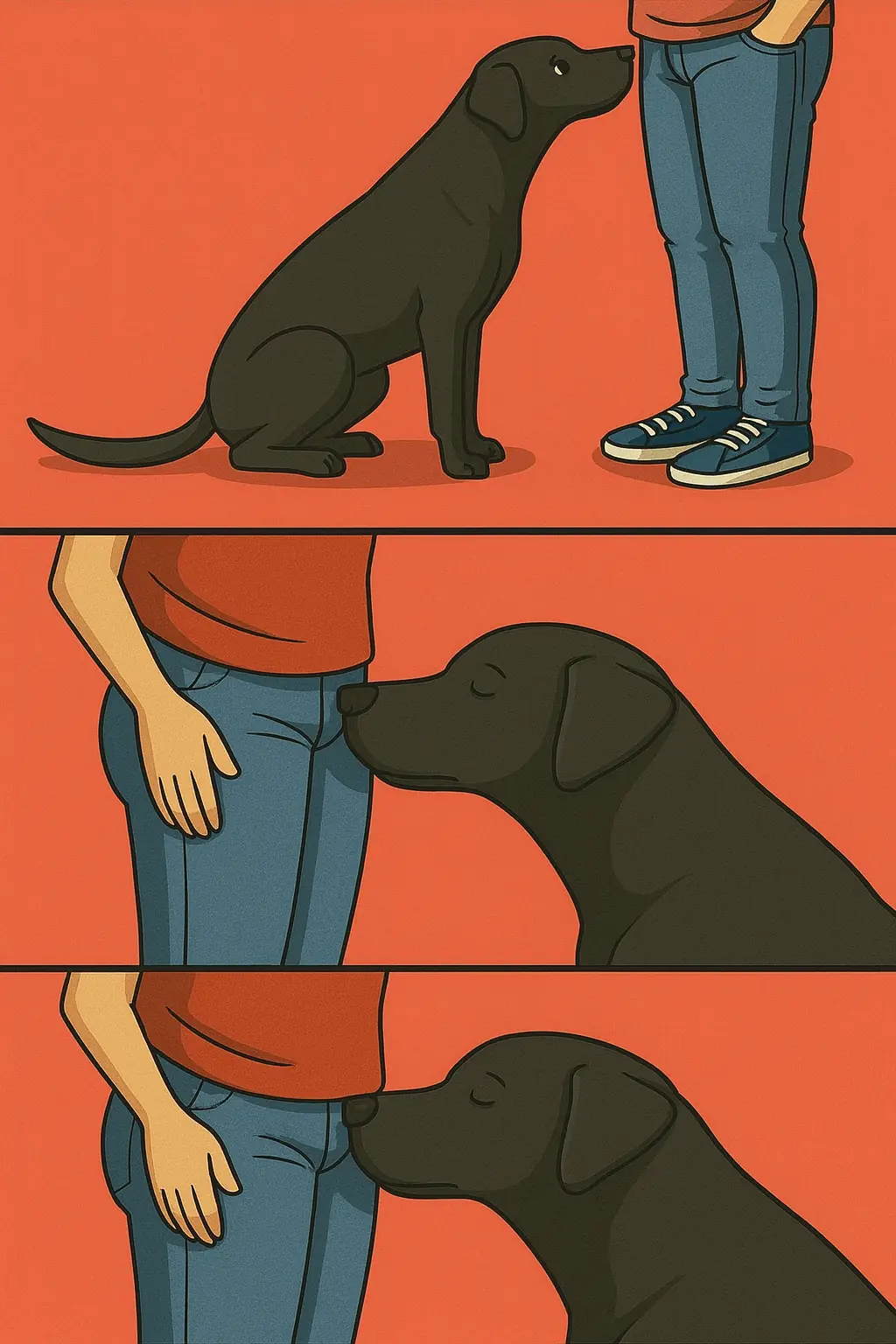
Junk Cars, Green Future: How Automobiles Became the World’s Most Recycled Consumer Product

When we think of recycling, a rusted old car sitting in a junkyard might not seem like an environmental hero. But in reality, the automobile is the most recycled consumer product in the world—a surprising and inspiring example of how industry and sustainability can work hand in hand.
Over 80% of a car’s total weight is now recycled, from its steel skeleton to its tires, glass, and even its fluids. Rather than sitting idle in landfills, end-of-life vehicles enter a complex, highly efficient global recycling system that transforms waste into valuable raw materials.
Breaking Down the Modern Car Recycling Process
The car recycling journey begins when a vehicle reaches the end of its usable life. Instead of being discarded, it is carefully dismantled at an auto recycling facility. Each part is assessed, sorted, and given a new purpose:
-
🔧 Engines, transmissions, and alternators are often refurbished and resold, reducing the need for manufacturing new parts.
-
🛞 Used tires are shredded and repurposed for playground surfaces, athletic fields, or added to road construction materials.
-
💧 Fluids such as engine oil, coolant, and brake fluid are safely drained, treated, and either reused or disposed of following strict environmental standards.
-
🔩 Steel, aluminum, and other metals are melted down and reformed into new cars, appliances, and even structural components for buildings.
According to the Institute of Scrap Recycling Industries (ISRI), this process not only conserves resources but significantly reduces energy consumption, minimizes pollution, and prevents landfill overflow.
Recycling That Benefits the Planet—and the Economy
Auto recycling is more than just good environmental practice—it’s also a major economic driver. The global vehicle recycling industry generates billions in revenue each year and supports thousands of jobs worldwide.
By reclaiming materials that would otherwise require resource-intensive mining and manufacturing, the industry helps lower carbon emissions and conserves natural resources. For example, recycling steel saves about 74% of the energy needed to produce it from raw ore.
Moreover, the reuse of existing car parts reduces the cost of vehicle repair and maintenance for consumers and auto shops alike.
From Scrap to Sustainability
Despite their bulky appearance and seemingly finite lifespans, cars have quietly become symbols of the circular economy. What was once seen as a problem—millions of junked vehicles annually—is now a solution, helping to build a more sustainable, low-waste future.
So next time you pass by a scrapyard or spot a rusty car on a flatbed, don’t think of it as waste. Think of it as the beginning of something new—a playground surface, a building beam, or even the body of your next car.
Tags: Car recycling, green automotive industry, sustainable materials, circular economy, recycled steel, eco-friendly auto parts
News in the same category


Doctors couldn’t believe what they saw during the ultrasound

Experts Are Shedding Light on the ‘Death Rattle’ Phenomenon Before Passing

France’s Living Streetlights: A Glowing Experiment in Sustainable Urban Lighting

Italy’s Quiet Rubber Roads: A Sustainable Shift Toward Noise-Free, Eco-Friendly Infrastructure

Japan’s Harmony Trains: Blending Innovation and Compassion to Protect Wildlife

Earth Plunged Into Darkness For Six Minutes In Rare Event Not Seen In A Century

NASA Monitors Plane-Sized Asteroid Speeding Toward Earth at 47,000 MPH

4 Things You Should Never Say at a Funeral — No Matter What

Father of 9-year-old Melina Frattolin faces charges as new details surface in her death

🔬 Hidden Lake Beneath Greenland Ice Could Unlock Secrets of Earth—and Beyond

🔬 Scientists Discover Pink Glacial Algae Turning Arctic Snow Red—and Accelerating Ice Melt

7-Eleven Employee Dies After Being Left Brain-Dead in Shocking Incident Involving Manager

Stomach Bug Sickens Over 140 People on Caribbean Cruise, Forcing Passengers and Crew to Isolate in Cabins

🌘 The Longest Total Solar Eclipse of the Century Is Coming — August 2, 2027

🌠 Twin Meteor Showers Set to Illuminate the Night Sky July 29–30, 2025 🌠

The insights your finger length offer about your personality

The Deadly Beauty of Lake Natron: Where Nature Turns to Stone—And Flamingos Call It Home

Milaf Cola: The World’s First Date-Based Soda Could Revolutionize the Soft Drink Industry
News Post

Owls: Night Guardians and Their Connection to Your Home

☕🍫 Heart-Shaped Mocha Mousse Cake Recipe

🍯 Bee-Themed Honeycomb Cake Recipe

Jelly Roll Stuns Fans with 100-Pound Weight Loss Transformation

Italian Sausage Potato Soup

Natural Remedies for Itching and Skin Rashes

Soursop: A Miraculous Fruit to Strengthen Your Cellular Health

🌙💍 Moonlight Veil Cake

Doctors couldn’t believe what they saw during the ultrasound

🌽🫑 Summer Sausage and Veggies Skillet

🍑🍒 Summer Cherry Peach Pie

🍅 Creamy Sun-dried Tomato & Mushroom Pasta 🍄

5 Signs Your Heart May Be in Serious Danger

Why Do Dogs Smell Certain Parts of the Body? Uncovering the Mystery

💕😋 Nutella Cupcakes Recipe 😋💕

🍫 Chocolate Macaron Drip Cake Recipe

🌿 Blueberry & Oreo Drip Cake Recipe

Sad pup separated from cow who raised him – camera captures tear jerking moment they reunite again

Mix these seeds in oil for long thick hair
